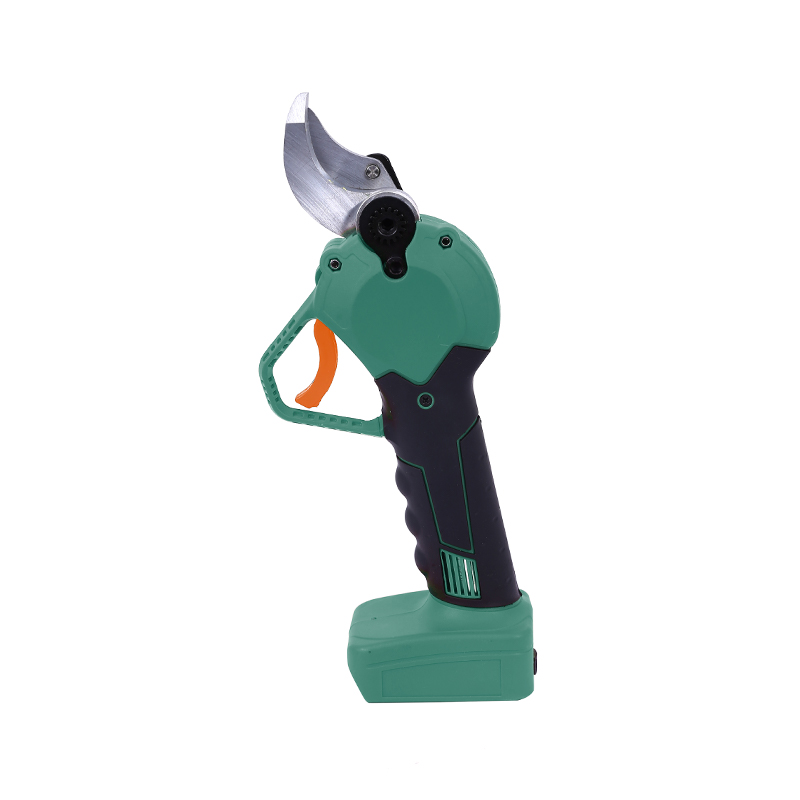Gardening enthusiasts and professional landscapers alike often find themselves weighing the merits of modern brushless cordless pruning shears against the time-tested reliability of traditional manual shears. With advancements in battery technology and motor efficiency, tools like the brushless cordless pruning shear have gained popularity. But does this innovation justify the investment, or are traditional shears still the better choice for most users?
Traditional pruning shears have been used for centuries. They are simple, durable, and offer a high level of control, especially for precision tasks. These shears are ideal for small gardens or light trimming work, where the user can manage the physical effort required. They are also generally more affordable and require minimal maintenance.
In contrast, the brushless cordless pruning shear represents a significant leap in convenience and performance. These tools are powered by rechargeable lithium-ion batteries and equipped with brushless motors, which offer several advantages over traditional brushed motors. For instance, brushless motors are known to last up to 10 times longer, consume 60% less energy, and deliver 900% more efficiency. This makes the brushless cordless pruning shear not only more powerful but also more sustainable over time.
One of the standout features of the brushless cordless pruning shear is its ability to cut through thicker branches with minimal effort. Models like the Ronix 8660 can handle branches up to 28mm in diameter, making them suitable for heavy-duty pruning in orchards, vineyards, and large gardens. Additionally, the ergonomic design and lightweight build reduce user fatigue, making them accessible to a wider range of users, including the elderly or those with limited hand strength.
Battery life is another critical factor. Most brushless cordless pruning shears come with 2Ah to 4Ah batteries that offer between 2 and 6 hours of continuous use. Fast-charging capabilities mean that downtime is minimal, which is especially valuable for professionals who rely on consistent performance throughout the day.
However, the brushless cordless pruning shear does come with a higher upfront cost. Prices can range from $150 to $300 depending on the brand and features. For casual gardeners or those with minimal pruning needs, this may not be a justifiable expense. Traditional shears, on the other hand, are inexpensive and require no power source, making them always ready for use.

Maintenance is another consideration. While traditional shears need regular sharpening and cleaning, brushless cordless pruning shears require battery care and occasional blade replacement. Yet, the reduced physical strain and increased efficiency often outweigh these minor upkeep tasks for frequent users.
In terms of environmental impact, brushless cordless pruning shears are more energy-efficient and produce less waste over time due to their longer lifespan. This makes them a more eco-friendly option in the long run, especially when compared to the disposable nature of some lower-quality manual shears.
Ultimately, the choice between a brushless cordless pruning shear and traditional shears depends on your specific needs. If you manage a large garden, work in professional landscaping, or simply want to reduce physical strain, the brushless cordless pruning shear is a worthy investment. Its efficiency, power, and ease of use make it a standout tool in modern gardening.
On the other hand, if your pruning tasks are light and infrequent, traditional shears remain a practical and cost-effective option. They offer precision, simplicity, and reliability without the need for batteries or charging.
In conclusion, both tools have their place in the gardening world. The brushless cordless pruning shear is a powerful, efficient, and user-friendly option for those who need it. But for many, traditional shears still hold their ground as a dependable and economical choice.



 English
English русский
русский Español
Español







